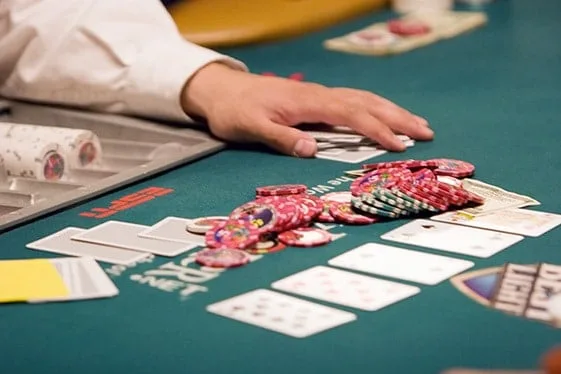
Mastering the Craft of 2-7 Lowball Poker
2-7 Lowball poker, also known as Deuce to Seven, offers a unique twist to the conventional poker games by inverting the traditional hand rankings. This guide delves into the origins, rules, and strategic nuances of 2-7 Lowball poker, offering both beginners and seasoned players a pathway to mastering this challenging variant.
What Kind of Game is 2-7 Lowball Poker and When Did it Appear?
2-7 Lowball poker emerged in the early 20th century as a variant that challenged players to rethink traditional poker strategies. This game is distinguished by its ‘lowball’ hand rankings, where the worst hand in traditional poker rankings becomes the best. The exact origins are somewhat murky, but it is believed to have been developed in the United States, gaining popularity in the underground and eventually in mainstream casino settings.
The game’s allure lies in its ability to invert the player’s thinking process, making it a favorite among those who seek a deeper psychological challenge in card games.
What are the Rules of the Game and How it Works?
2-7 Lowball is played with a standard 52-card deck. The objective is to achieve the lowest possible five-card hand without any pairs and ideally, no straight or flushes. The best possible hand is 7-5-4-3-2 of mixed suits. Players are dealt a complete hand before the first betting round, followed by the opportunity to draw and replace cards to improve their hand, which introduces multiple rounds of betting and strategic depth.
Each game begins with the ‘ante’, followed by the deal and several rounds of betting. Players have the option to ‘stand pat’, which means they keep their cards, or draw up to five new cards to improve their hand.
The complexity of 2-7 Lowball lies in its bluffing potential and the decision-making process regarding drawing cards, making each round both tense and exciting.
What are the Differences from Regular Poker?
The fundamental difference in 2-7 Lowball poker is the hand rankings. While traditional poker variants reward high-ranking hands like full houses or straights, 2-7 Lowball values the lowest possible hands. This inversion of values requires a different strategic approach and mindset.
Another notable difference is the drawing mechanism. Unlike Texas Hold’em or Omaha, where players share community cards, 2-7 Lowball involves individual player draws, which adds an element of secrecy and direct competition.
Furthermore, the presence of ‘blinds’ is replaced by a universal ‘ante’, ensuring that every player contributes to the pot from the start, which encourages more aggressive play styles.
The game also eschews the traditional ‘flush’ and ‘straight’ penalties found in other lowball variants like Razz, where such hands are still desirable.
Are There Any Tournaments?
2-7 Lowball poker tournaments are featured in several major series, including the World Series of Poker (WSOP). These tournaments are often highlighted by the participation of poker legends, which adds to the game’s prestige and appeal.
High-stakes games and exclusive events further bolster its reputation as a game for serious poker enthusiasts who relish a mental challenge.
The tournaments typically involve a mix of no-limit and limit betting structures, appealing to a wide range of betting preferences and strategies.
Moreover, the inclusion of 2-7 Lowball in mixed game tournaments emphasizes its importance and enduring popularity in the poker community.

How Popular is the Game?
While not as widespread as Texas Hold’em, 2-7 Lowball holds a niche but loyal following. Its complexity and strategic depth make it a favorite among players who prefer a more calculated, psychological game.
Online poker platforms have also contributed to its growth, allowing more players worldwide to learn and compete in 2-7 Lowball from the comfort of their homes.
Its popularity is evidenced by the dedicated discussions in online forums, instructional videos, and strategy books focusing solely on mastering 2-7 Lowball poker.
What are Some Further Developments?
As 2-7 Lowball continues to evolve, one can expect innovations in tournament formats and rule variations designed to keep the game fresh and engaging. Emerging technologies like virtual reality could potentially introduce a more immersive playing experience, bringing a new dimension to this traditional game.
The potential for AI and machine learning to influence strategies and game dynamics is also an exciting frontier. With more computational power, players might soon access more sophisticated tools for game analysis and strategy development.
The enduring appeal of 2-7 Lowball lies in its ability to adapt and remain relevant to both new and veteran players, suggesting that its future within the poker community is both promising and vibrant.

